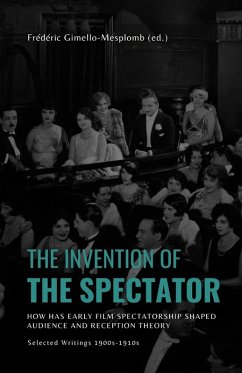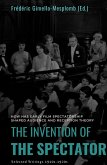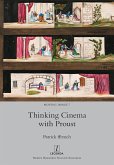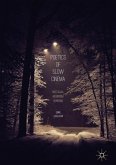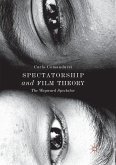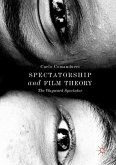Unveiling the Roots of Audience Theory: A Groundbreaking Exploration of Early Cinema Spectatorship (1900s-1910s) This volume unveils the forgotten intellectual landscape of early cinema audience research before Kracauer, challenging conventional narratives that dismiss pre-1920s investigations as mere socio-demographic cataloging. Instead, the book reveals these initial studies as crucial foundational works that shaped our understanding of spectatorship, media reception, and cultural meaning-making. Set against the transformative backdrop of industrial capitalism, urbanization, and technological innovation, the book traces how scholars across disciplines explored cinema as a revolutionary social phenomenon. It illuminates pioneering researchers who moved beyond simplistic views of audiences as passive consumers, instead recognizing cinema as a complex site of cultural negotiation. By recuperating these marginalized proto-theoretical sources, this book reveals how early researchers recognized movies as powerful mechanisms for social interaction, psychological engagement, and cultural transformation. It reconstructs an intellectual genealogy that shows how scattered, uncoordinated interdisciplinary inquiries coalesced into foundational theories of audience studies. A vital read for media studies, cultural theory, and film history scholars, this volume illuminates the sophisticated approaches that emerged during cinema's formative years, offering an understanding of how audiences became active participants in meaning-making. Contents : PART ONE : TOWARD AN ARCHAEOLOGY OF AUDIENCESThe London audiences of the Cinématographe Lumière (1896) Living pictures (1899) The psychology of theatre audiences (1910) Moving pictures : How they are made and worked (1912) Writing the Photoplay (1913) Technique of the Photoplay (1913) Practical Cinematography and Its Applications (1913) The Photoplay (1914) The Art of the Moving Picture (1915) Psychology of the Screen (1916) Advertising by Motion Pictures (1918) Psychology of the movies (1918) Developing Your Plot (1920) PART TWO : REGULATING AUDIENCESMotion picture education (1917) The Cinema : Its Present Position and Future Possibilities (1917) Entertaining Hospital Patients by Motion Pictures (1918) Amusement or entertainment? The pleasure regulation (1919) Motion pictures : a study in social legislation (1922) PART THREE : A SOCIOLOGY OF EARLY AUDIENCESStudying Audiences (1911) A Sociology of the Cinema : the Audience (1913) How Workingmen spend their spare time (1913) The photoplay : A psychological study (1916) Psychology of the Cinema Audience (1918)
Bitte wählen Sie Ihr Anliegen aus.
Rechnungen
Retourenschein anfordern
Bestellstatus
Storno

